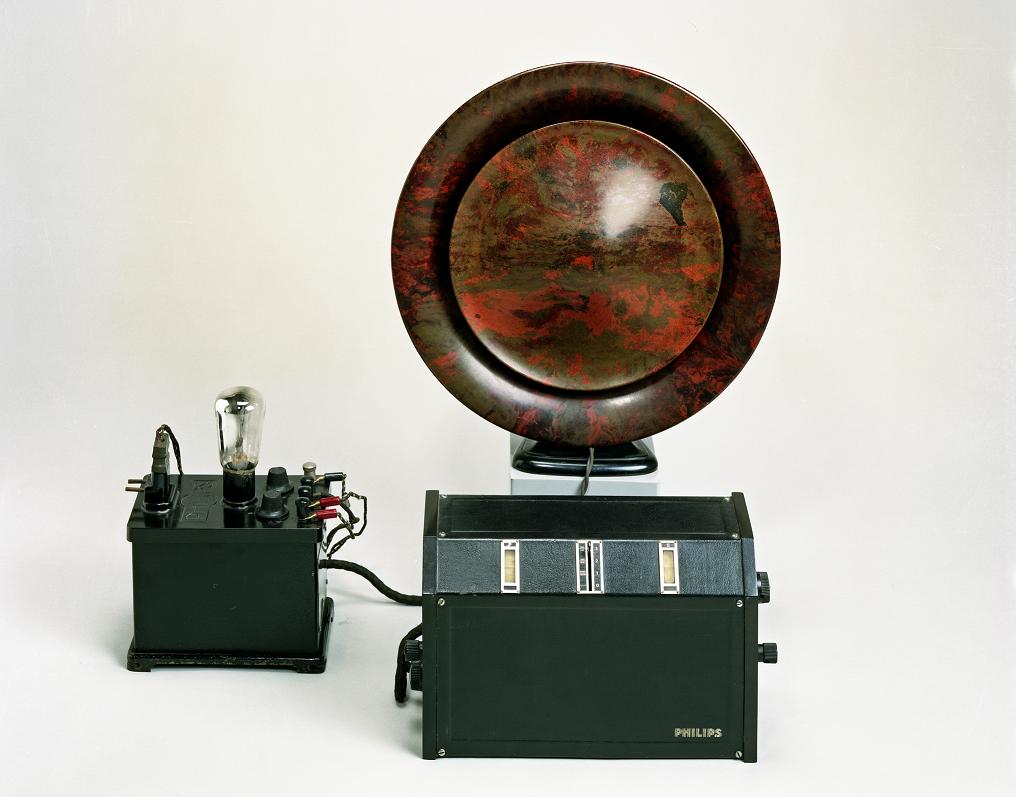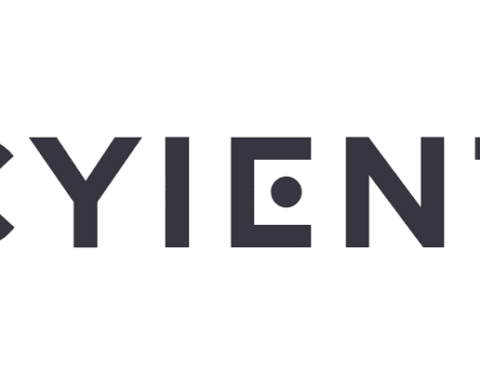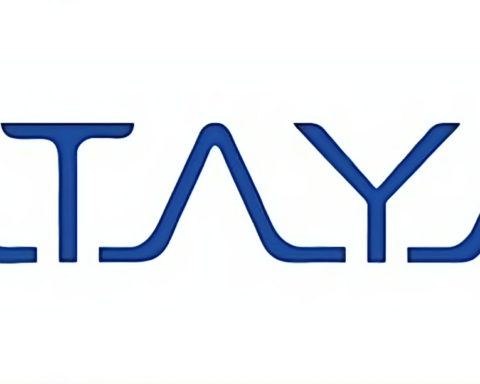Royal Philips (NYSE: PHG, AEX: PHIA) today kicked off celebrations of the one hundredth anniversary of Philips Research at a special stakeholder event in Eindhoven. Since the development of its first light bulb, the company is focusing on innovations that matter to people, such as technologies that will make healthcare more affordable and accessible, energy-efficient LED lighting solutions that will improve people’s wellbeing and make the world more sustainable, as well as locally relevant consumer appliances and services.
 “Research-driven innovation is the lifeblood of Philips,” said Henk van Houten, General Manager Philips Research. “We are passionate to invent, partner and apply technology to help people succeed. By formulating ambitious innovation goals that relate to the key challenges people face, we inspire our scientists and partners to co-create impactful solutions that matter to people.”
“Research-driven innovation is the lifeblood of Philips,” said Henk van Houten, General Manager Philips Research. “We are passionate to invent, partner and apply technology to help people succeed. By formulating ambitious innovation goals that relate to the key challenges people face, we inspire our scientists and partners to co-create impactful solutions that matter to people.”
A century-long track record of innovations that improved the world
Recognizing the value of scientific research to the development of new products and technologies, Anton and Gerard Philips, the founders of the company, created Philips’ research laboratory, the Natuurkundig Laboratorium (NatLab) in 1914 in Eindhoven, the Netherlands. Led by renowned physicist Dr. Gilles Holst, the laboratory’s research focused on discovering new sources of light, as well as radio and electron technology.
Nowadays Philips has one of the world’s largest corporate research organizations. Philips Researchoperates globally and is spread across six international locations in North America, Europe and Asia, with Eindhoven in the Netherlands serving as its headquarters. Worldwide it employs over 1,500 professionals of 50 nationalities and has generated 165,000 granted patents. In 2012, Philips invested more than EUR 1.8 billion in research and development. A significant percentage of this is invested in the corporate research organization. The unique strength of Philips Research is its cross-disciplinary approach to innovation, actively co-creating with key partners and end-users to deliver impactful solutions addressing people’s unmet needs across the world.
Philips Research has been instrumental in several key innovations that marked the first decades of the last century: the X-ray tube Rotalix provided a breakthrough in the fight against tuberculosis; the first Philips radio connected people on different continents and shaped the way people listened to music; the pioneering rotary electric razor, the Philishave, has been an iconic consumer product since its introduction in 1939. This was followed by some of the innovations that Philips is best-known for, including the first audio compact cassette in 1963 and the first compact disc (CD) in 1982.
More recently, Philips’ research expertise has contributed to innovations such as the AlluraClarity interventional X-ray system that achieves excellent visibility at low X-ray dose levels for live guidance of minimally invasive procedures; the world’s most energy-efficient LED lamp breaking the 200 lumens per watt barrier and the AirFloss oral healthcare technology from Philips Sonicare.
A leader in digital
Today Philips is focusing on delivering personalized experiences in the digital realm through translating our deep understanding of people’s needs into digital solutions and experiences.
The Philips hue personal wireless lighting system, the Philips Smart Air Purifier and a range of connected patient monitoring solutions combined with advanced clinical decision support tools to enable remote and bedside monitoring, testify how Philips is leading in innovating in the digital world to find new insights and bring value and meaning to people.







